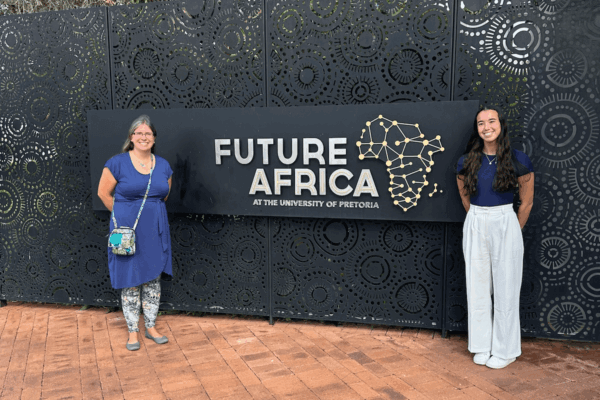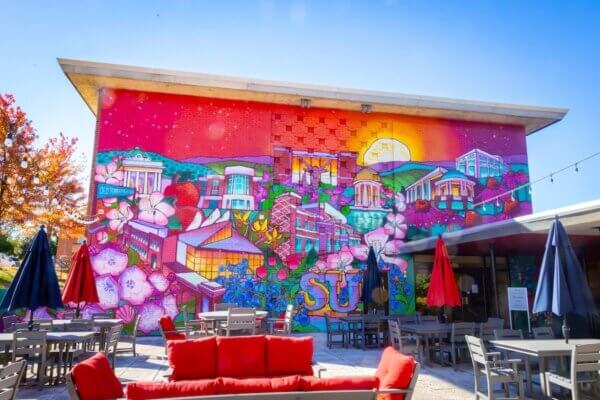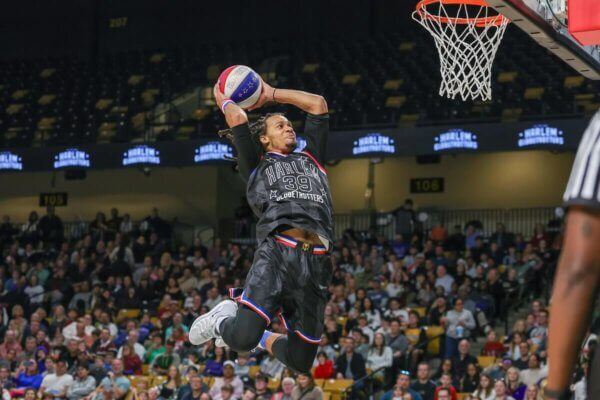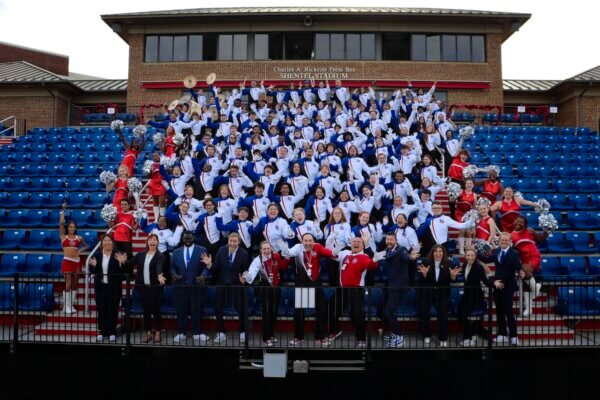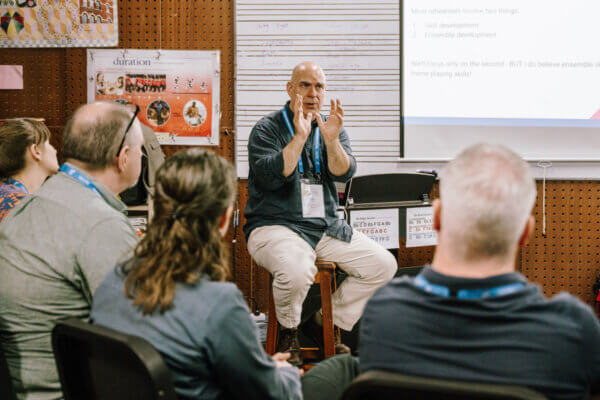Shenandoah Center for Immersive Learning Develops Virtual Recreation of Historic Plantation
VR project provides immersive experience for Wilton House Museum in Richmond
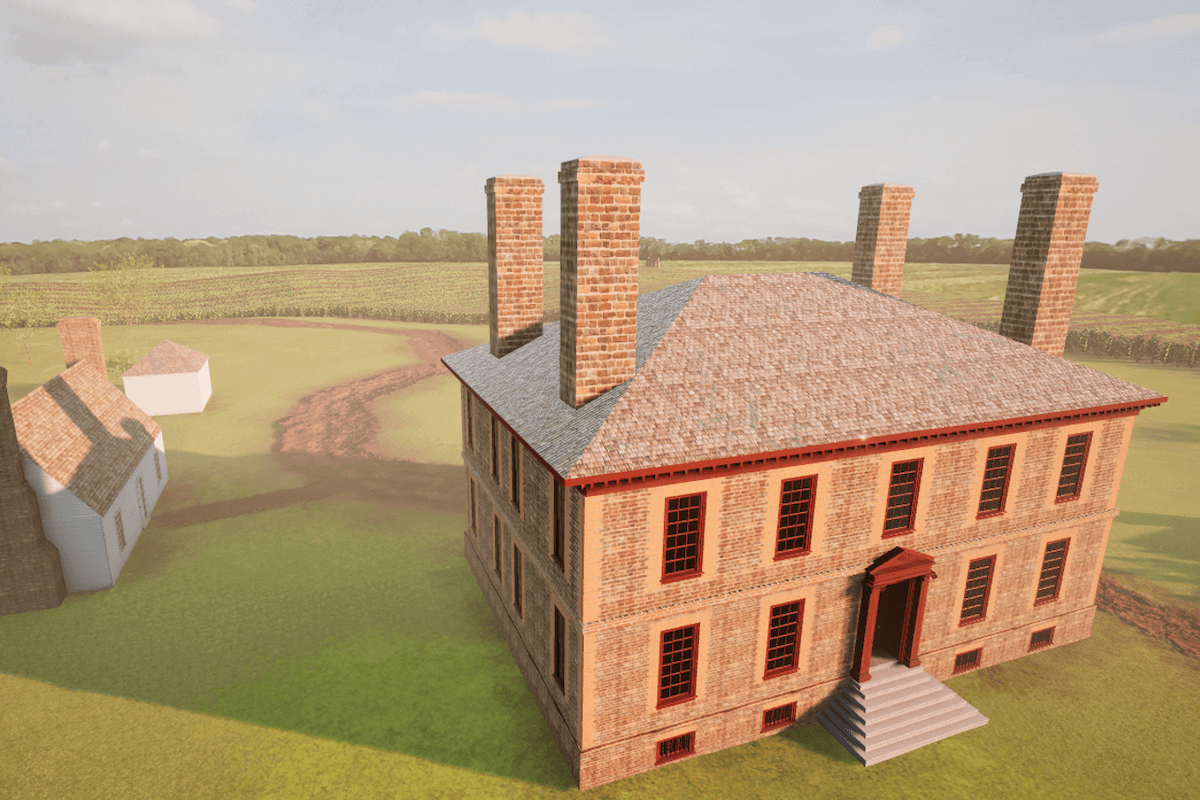
Thanks to the Shenandoah Center for Immersive Learning (SCiL) at Shenandoah University, visitors to the Wilton House Museum now have the opportunity to view the historic 18th century plantation in a way not seen for nearly 100 years.
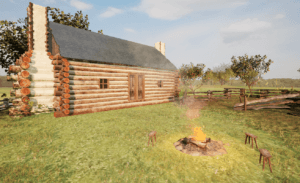
The central piece of a large tobacco plantation in Henrico County, the Wilton home was built in the early 1750s for the Randolphs, an historically prominent Virginia family. The structure, now a museum in Richmond, Virginia, still stands, providing visitors with the chance to catch a glimpse of the property’s role in colonial Virginia – with one caveat. Wilton, which was relocated in the 1930s, now stands nearly 15 miles west of the manor’s original site.
Using a virtual reality program developed in Shenandoah’s SCiL Lab located on the university’s main campus in Winchester, Virginia, visitors to Wilton House Museum can now explore the historic home as it existed circa 1785, on its original property overlooking the James River. Within the virtual recreation of Wilton, users can visit many of the key areas of the original 2,000-acre property, including outbuildings, living quarters for the more than 100 enslaved people who lived on the plantation, tobacco fields, and the landing site and dock on the river’s north bank.
We regularly receive questions from visitors about the original property, and now we can answer those questions in an innovative and educational way with this VR platform.”
Dr. Joseph Rizzo, executive director of Wilton House Museum
The work of the SCiL team, which includes SU students, allows the Wilton House Museum to take a fresh approach to the telling of the original property’s history, much of which – including, unfortunately, the stories of Wilton’s enslaved residents – has been lost to time and industrial development.
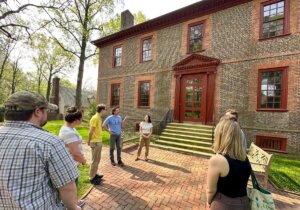
Wilton, which was sold by the Randolph family in 1859 due to mounting debt, was faced with foreclosure during the Great Depression before being saved by The National Society of The Colonial Dames of America in the Commonwealth of Virginia. Because the property had been rezoned for industrialization, the Virginia Dames dismantled the home, purchased new property closer to Richmond, and rebuilt it at its current location. The Wilton House Museum, which features a collection of 18th- and 19th-century furnishings commonly found in the wealthy plantation homes of the time, opened to the public in 1952.
To accurately portray the original Wilton property in a virtual space, SCiL Co-Director Nathan Prestopnik, Ph.D., who is leading the VR project, took a team of students and faculty members on two trips to Richmond to visit Wilton and explore the home’s original property. Dr. Rizzo and Erica Blake, director of visitor experience for the Wilton House Museum, have provided invaluable research to the project, supplying historical information about the property gathered through tax records, blueprints, topographical maps and other historical documents.
Because the project involves complex virtual design work using software tools like Unreal Engine, Autodesk Maya, Blender, Adobe Substance Painter as well as hardware such as drones, DSLR and 360-degree cameras, and sound studio equipment, and is being built for the recently released Quest 3 VR headset, the Shenandoah students involved are getting hands-on, real-world experience using some of the best professional tools and latest technology available in the field.
It’s a really cool project, and it presents a lot of really interesting technical and artistic challenges because there are these huge outdoor spaces that we’re trying to recreate virtually in a way that’s pretty realistic, which is very challenging to do in VR with the current state of technology. There are a lot of graphical challenges, optimization challenges. It’s been really good for our students, actually, to work on that, build our assets and think carefully about optimization. It’s a very team-oriented effort here in the lab.”
Nathan Prestopnik, Ph.D., SCiL co-director
Virtual reality design students Tyler Dossat ’25 and Joey Miciotta ’24 have played key roles in the project’s design, performing much of the 3D modeling, terrain building and texturing.
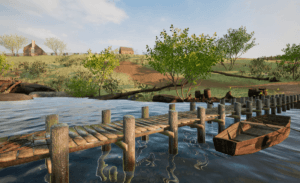
“The Wilton House Project has been a journey of constant iteration and learning,” Dossat said. “It’s an unforgettable experience that has helped prepare me for the future.”
Additionally, collaborative audio arts student John Bernard ’23, who graduated in December, performed the spatialized sound design for the project and provided voiceovers for the various points of interest that users can visit on the virtual property. VR design students Ann Fink ’25 and Luke Yager ’25 assisted with reference data collection during the trip to Richmond, which included photography and drone videography led by SCiL Immersive Media Specialist Lee Graff, M.Ed.
“Providing voiceovers and taking the lead in sound design was a pleasure,” Bernard said. “I greatly enjoyed implementing audio into the immersive scenes created by students and inspired by our friendly colleagues at Wilton House. Thank you to the AR/VR faculty for making opportunities like this possible.”
Wes Brown, immersive technology specialist at Shenandoah, is the lead developer on the project and has focused on the game engine and the optimization and functionality of the experience. Prestopnik, in addition to directing/producing the project, has developed much of the environmental scenery present in the VR adaptation of the Wilton property.
The virtual recreation of the Wilton property in the 1780s is the first of two phases SCiL has planned for the project. The second phase, which will be delivered to the Wilton House Museum in the summer of 2024, will feature a 1930s version that will allow users to visit the house and immediate surroundings just before the building was relocated.
